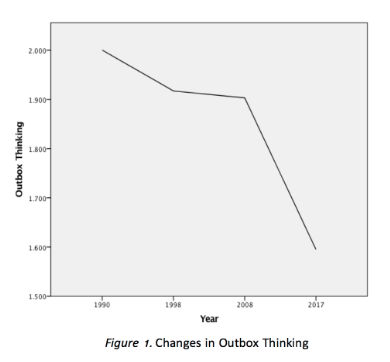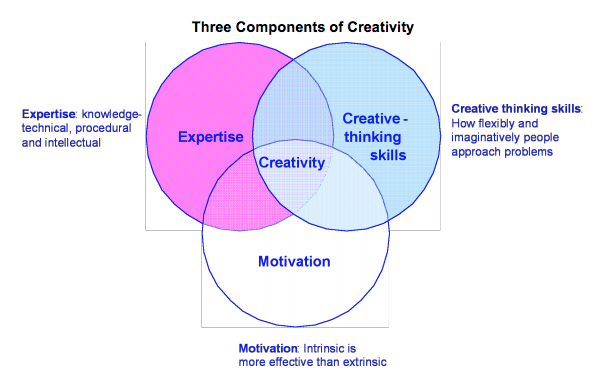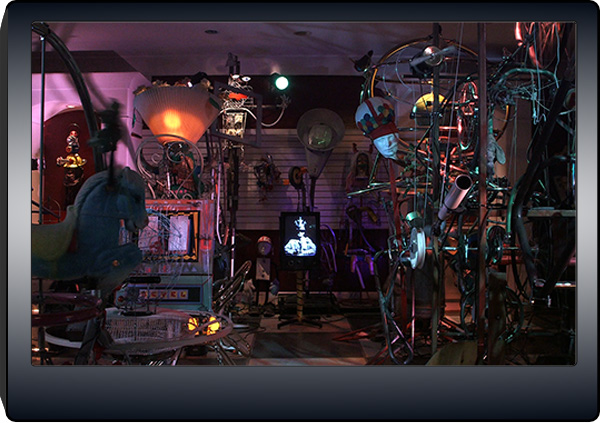The National Creative Intelligence Deficit
In Dr. KH Kim’s “The Creativity Crisis (2011)”, she reported that American creativity declined from the 1990s to 2008. Kim’s 2017 Creativity Crisis Update: How High-Stakes Testing Stifles Innovation reveals that “The Creativity Crisis” has grown worse since 2008. The results also reveal that the youngest age groups have suffered the greatest.
SOURCE: http://www.creativitypost.com/education/the_2017_creativity_crisis_update_how_high_stakes_testing_has_stifled_innov
The significant declines in outbox thinking skills (fluid and original thinking) indicate that Americans generate not only fewer ideas or solutions to open-ended questions or challenges, but also fewer unusual or unique ideas than those in preceding decades (Figure 1).
According to Dr. Ken Robinson, one of the world’s most influential voices in education, our schools are killing creativity.
“America is now facing the biggest challenge it’s ever faced—to maintain its position in the world economies. All these things demand high levels of innovation, creativity, and ingenuity. At the moment, instead of promoting creativity, I think we’re systematically educating it out of our kids.” SOURCE: http://www.ascd.org/publications/educational-leadership/sept09/vol67/num01/Why-Creativity-Now%C2%A2-A-Conversation-with-Sir-Ken-Robinson.aspx

One of the world’s top business thinkers, Dr. Teresa Amabile’s Theory of Creativity outlines three components necessary for an individual to acquire creativity, defined as the production of ideas or outcomes that are both novel and appropriate to some goal:
- Expertise
- Creative thinking skills
- Motivation
SOURCE: http://www.hbs.edu/faculty/Publication%20Files/12-096.pdf
The Universe Within builds creative thinking skills that contribute to what Dr. Kim calls outbox thinking and Dr. Amabile calls novel thinking.

A Local Solution
The Universe Within is a grassroots effort that addresses a national creative intelligence deficit on a local level by using Southern Arizona talent to change learning outcomes for Tucson students. This educational curriculum has been developed through a partnership between University of Arizona School of Mathematical Sciences, Mat Bevel Company, and Patagonia Elementary School. The program engages 3rd – 5th grade students at an early age to lean science, technology, engineering art and math in a hands-on engaging format. Forty one-hour lessons, divided into tow modules: Corrugated Headgear and The Art of Kinetics, align with Science, Engineering, Math, Visual Arts and English language arts Standards using:
- A scientist and fine artist’s large body of original work and his world of magical world of Beveldom as the inspiration for “outbox” and “novel” thinking and the format for world-building activities
- The Creative STEM Club at an elementary school who represent a high percentage of “creatives” who learn through active and kinesthetic techniques
- Classroom instruction by Arizona State Certified Math/Science teachers
- A Math Professor who’s been developed into an animated character
- A teacher User Guidebook with step-by-step instructions and support materials
- A student notebook called The Daily Doodle for every consecutive worksheet
The Universe Within is now available to other schools in Southern Arizona and around the country to teach youth how to think and solve problems with originality.

Students in Mr. Clovesko-Wharton’s third and fourth grade classes at Patagonia Elementary School were the first to participate in The Universe Within full coursework in April and May, 2019. Students learned about scientific observation, engineering design, technology, geometry and physics, as they developed personal leadership skills.
Since then, our team has developed a multimedia edition of The Universe Within that includes two modules, Corrugated Headgear and The Art of Kinetics. Teachers and students engage with the material and leverage what’s presented in sequential lessons as part of the full 40-hour STEAM curriculum.
So often, students are influenced by what they see on TV and in video games. They have rich imaginations, but they have trouble crafting a story with strong characters, descriptive settings and an organized plot. The Universe Within is a new way for teachers to model character development and plot structure and inspire children to write their own stories and work with their hands to learn how to work with materials and build three-dimensional spatial skills. The Universe Within is also a way to bridge language arts and science.
Through The Universe Within students learn how to create and share their own novel characters, use descriptive details, clear event sequences, scenarios and plot lines to acquire grade-relevant English language arts reading, writing, speaking and listening skills as well as science-based observation, questioning, hypotheses, investigating and modeling, analysis, conclusions and communications skills. Students have plenty of opportunities to take part in a variety of rich conversations, allowing for the exchange of ideas through The Universe Within.
To learn more about how your organization can benefit from The Universe Within, contact Mat Bevel Company Vice President Paula Schaper at: pschaper@matbevelcompany.org or by phone at 520-604-6273.